Area and Perimeter: Hands-on Lesson Ideas that are Fun!
My oldest daughter has been studying area and perimeter, two of my favorite math concepts to teach. They are easy topics to have fun with. Plus, the manipulative options for them are wide open. Today we used LEGO® blocks for math. The kids loved it!
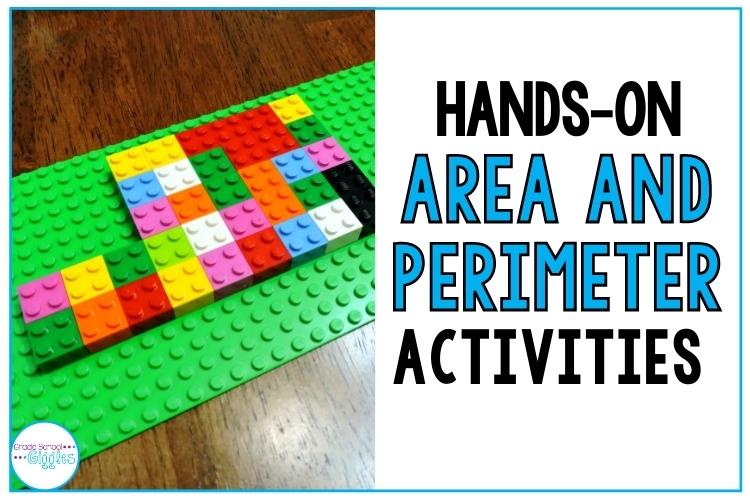
The first thing we did was preview important vocabulary words. I wrote each word on the top of a sticky note. Then, Big Bit used the glossary in her math book to write the definition under the vocabulary word.
These were the words we focused on.
- Square unit
- Area
- Perimeter
- Plane figure
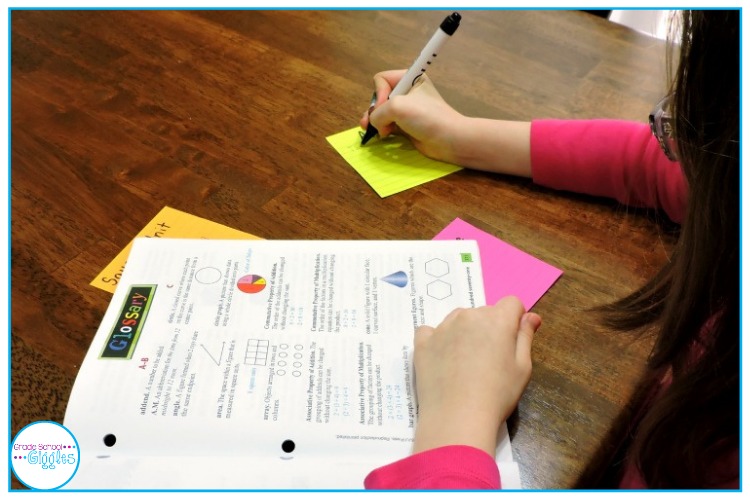
Exploring How to Find the Area of Rectangles
After the definitions were done, it was time to pull out the LEGO® blocks.
I had already separated out a bunch of the square blocks, a base, and the fence pieces.
The first direction was to build a solid rectangle. Then, I asked her to count how many squares she used.
Once that was done, we talked about the rectangle as an array and wrote a multiplication fact to find the area. We compared both methods and noticed that multiplication was quicker, although both methods led to the same answer.
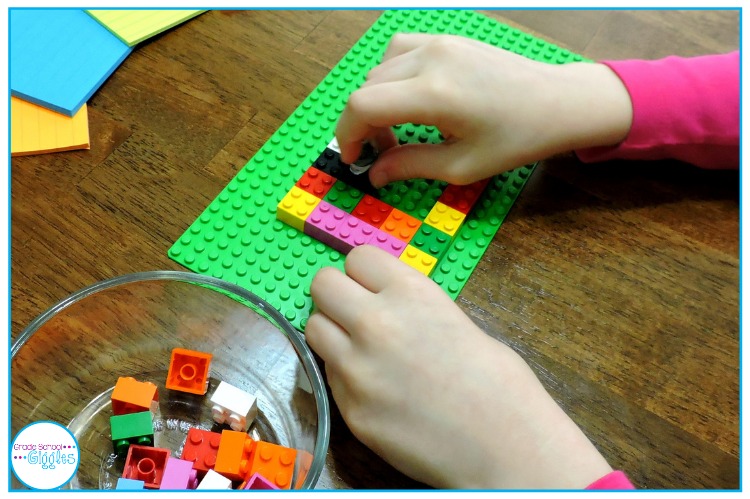
Exploring How to Find the Perimeter of Rectangles
Next, I gave her one of her favorite LEGO® people, a very girly elf, to be exact, and had her make the elf walk around the perimeter.
We talked about the fact that we counted squares (square units) when we measured the rectangle area but counted the sides of the blocks (units of length) to find the perimeter.
- Area = square units = count the square blocks
- Perimeter = units of length = count the sides of the blocks around the edges
To emphasize the concept, I had her build a fence around the perimeter of her rectangle.
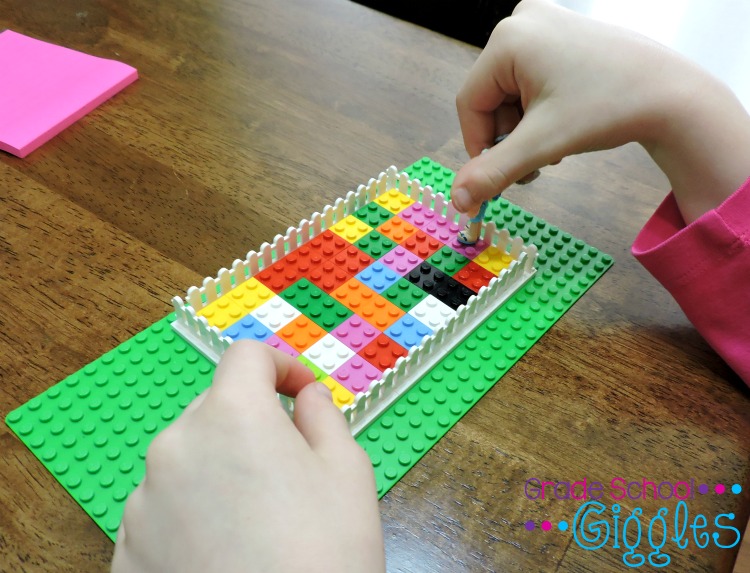
Exploring Shapes Composed of Rectangles
After learning how to find the area and perimeter of rectangles, we explored how to find the area of shapes made with a combination of rectangles.
We found the area in 3 ways:
- Count all the squares in both rectangles together.
- Count the squares in each rectangle separately. Then, add them together.
- Find the area of each rectangle using multiplication and then add the products together.
Of course, all three methods yielded the same answer, but I wanted Big Bit to see that for herself.
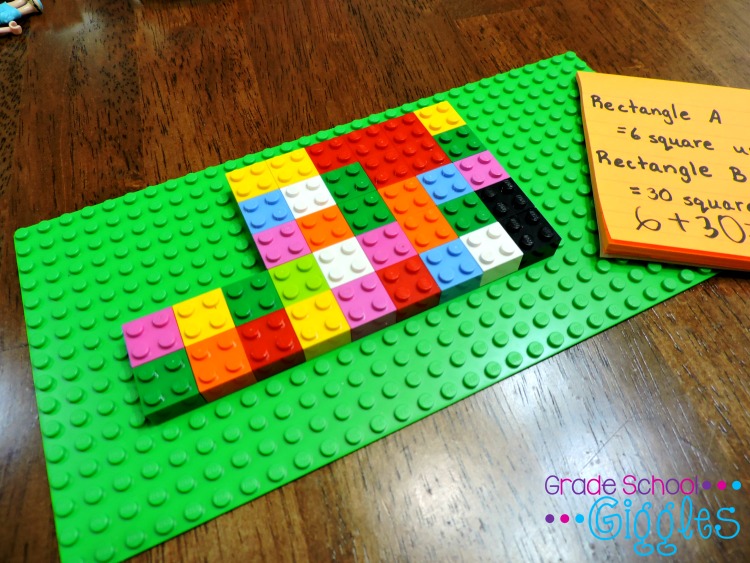
Exploring Halve Units
The last topic I wanted to cover with Big Bit was tiling shapes and finding the area of shapes that included half units.
For this activity, we switched from using LEGOS® to using sticky notes.
I gave Big Bit a big piece of construction paper with a shape outlined on it, scissors, and a pack of square sticky notes.
After explaining that each stick note was one square unit, I asked her to figure out the area of the figure I had drawn.
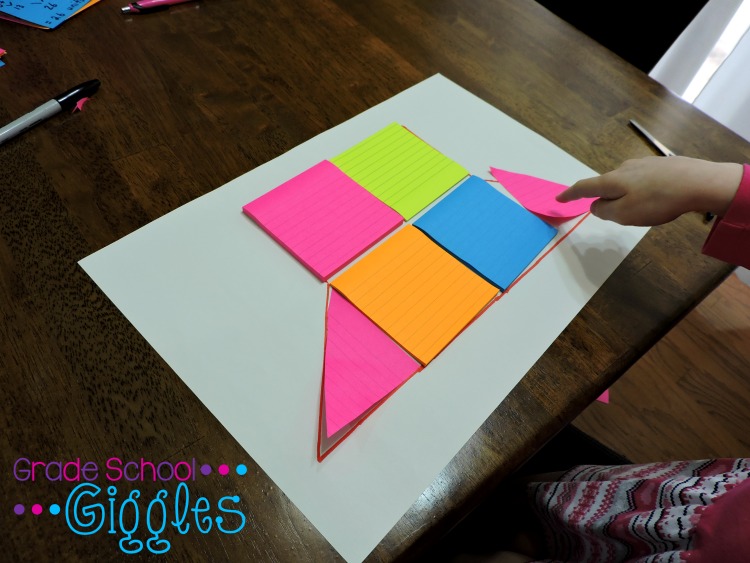
She played around with the sticky notes for a little bit and realized that she could not completely cover the exact shape without cutting some of the sticky notes in half.
Once she figured that out, finding the area was easy peasy.
With all that hands-on practice, her workbook pages were a breeze! I love to include hands-on activities for math concepts like the area and perimeter activities in this post or the geometry activities here whenever I can.
Recommended Area Resources
It’s so important that kids learn multiple methods in math. These task cards cover lots of math skills. Plus, they come with recording sheets too!
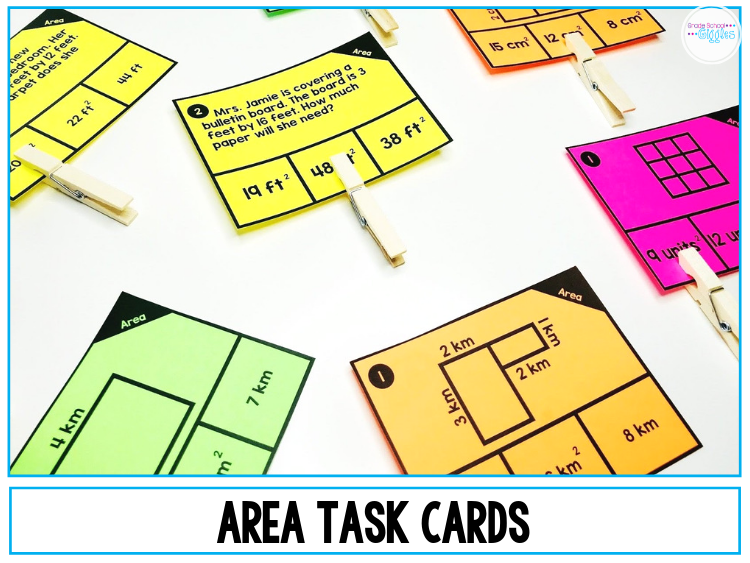
They cover:
- Finding the area of a figure by counting unit squares
- Partitioning rectangles into rows and columns to count the square units
- Using tiling and multiplication to find the area of rectangles
- Solving word problems involving the area of real-world rectangular spaces
- Finding the area of figures composed of multiple rectangles
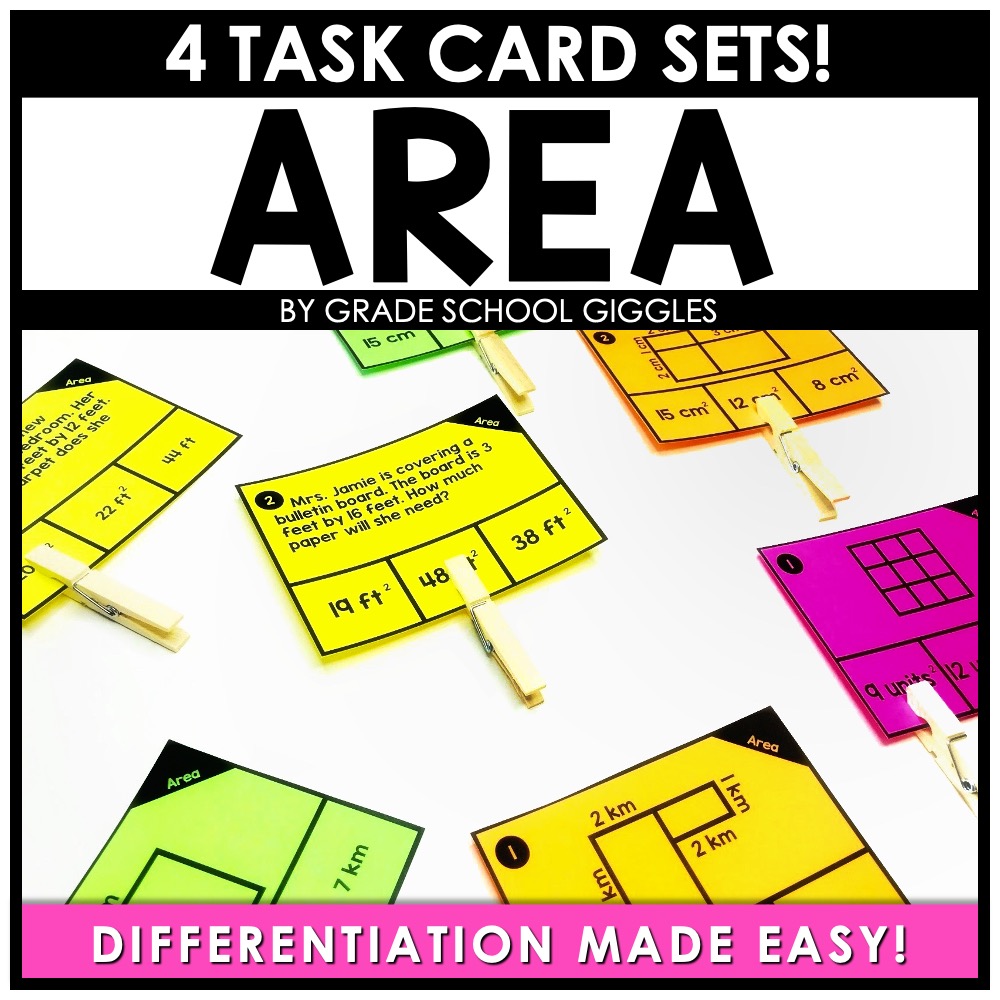
Shop This Post
This is a great resource for independent practice. Easy to use, & the kids enjoy it.
⭐ ⭐ ⭐ ⭐ ⭐ – Robin
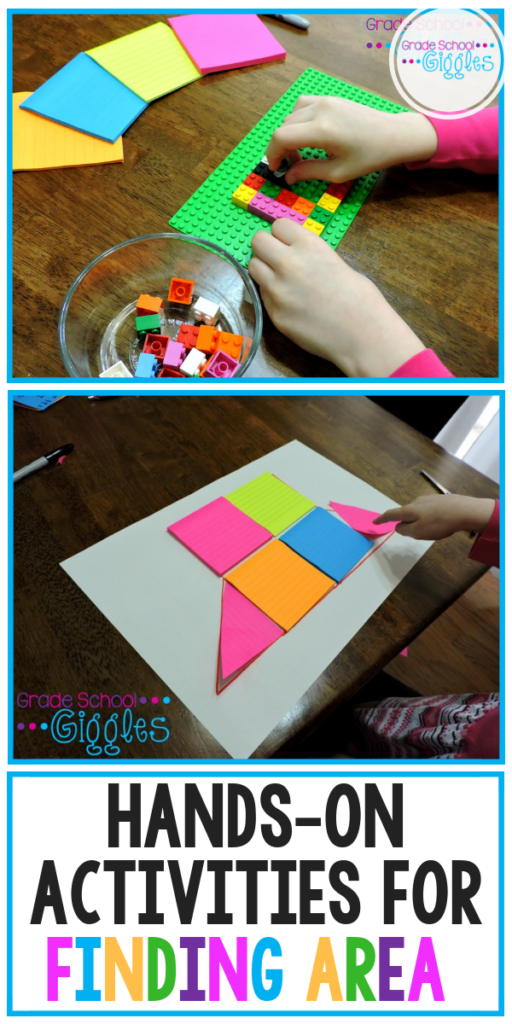

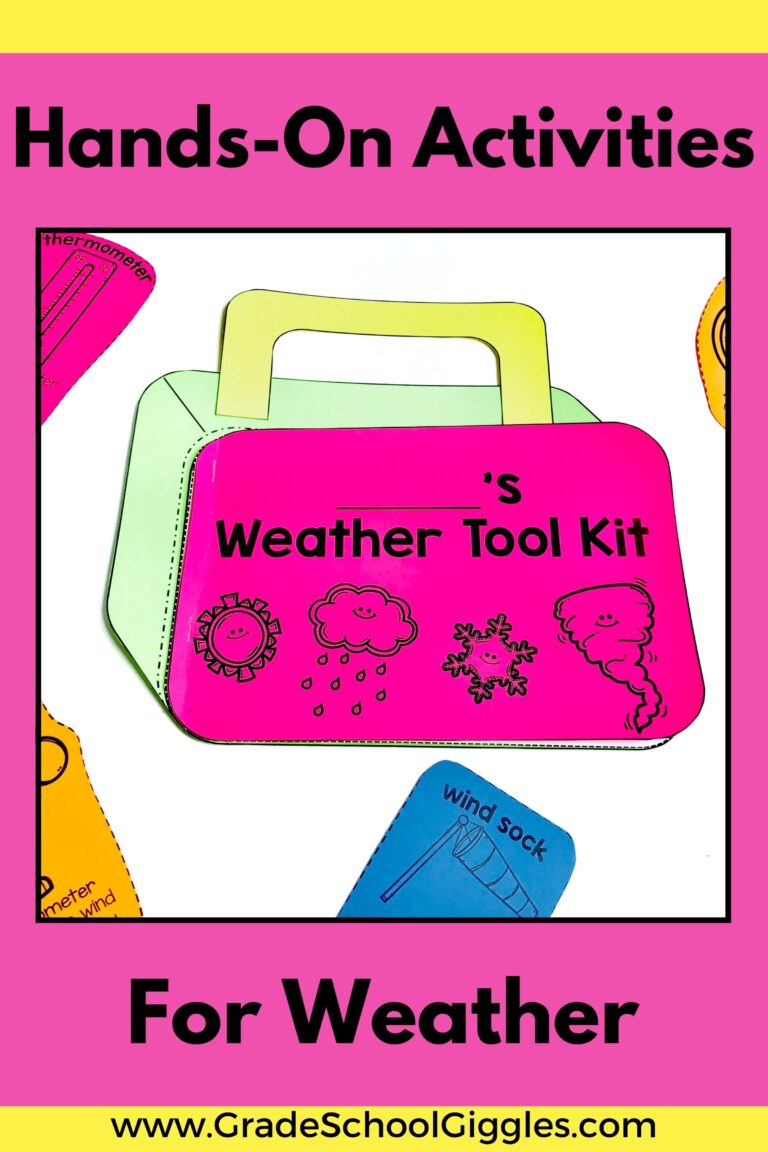
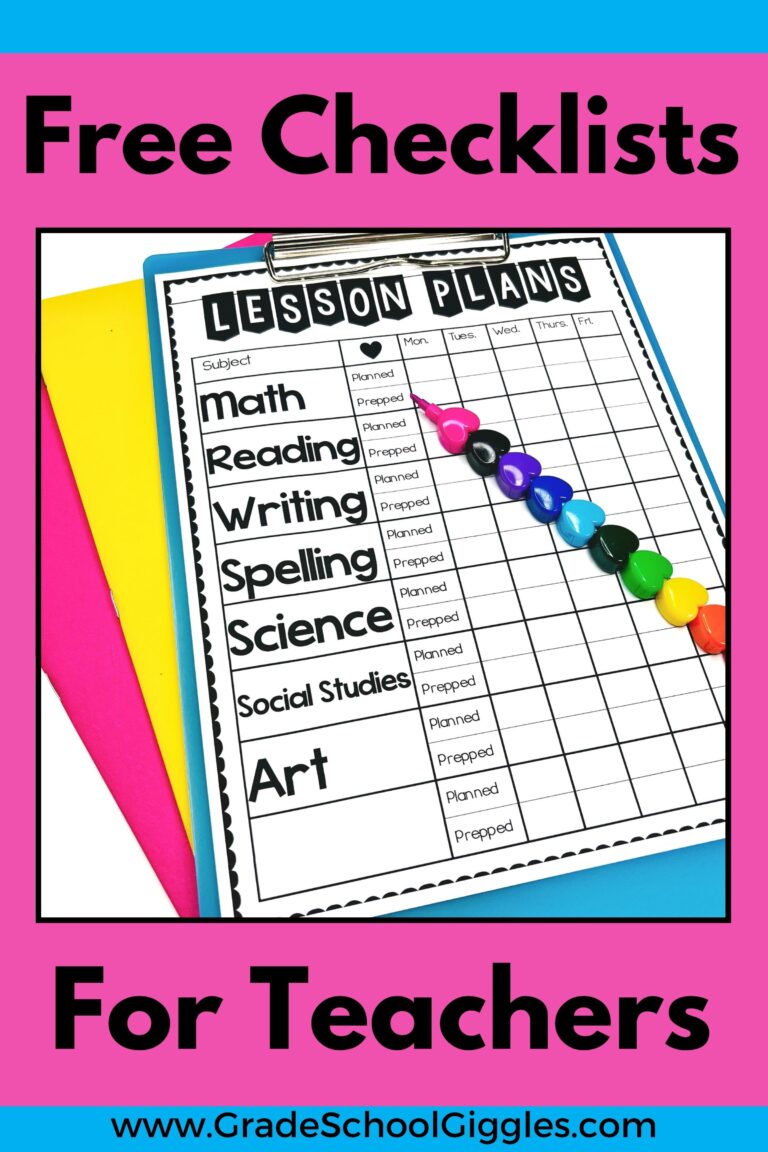
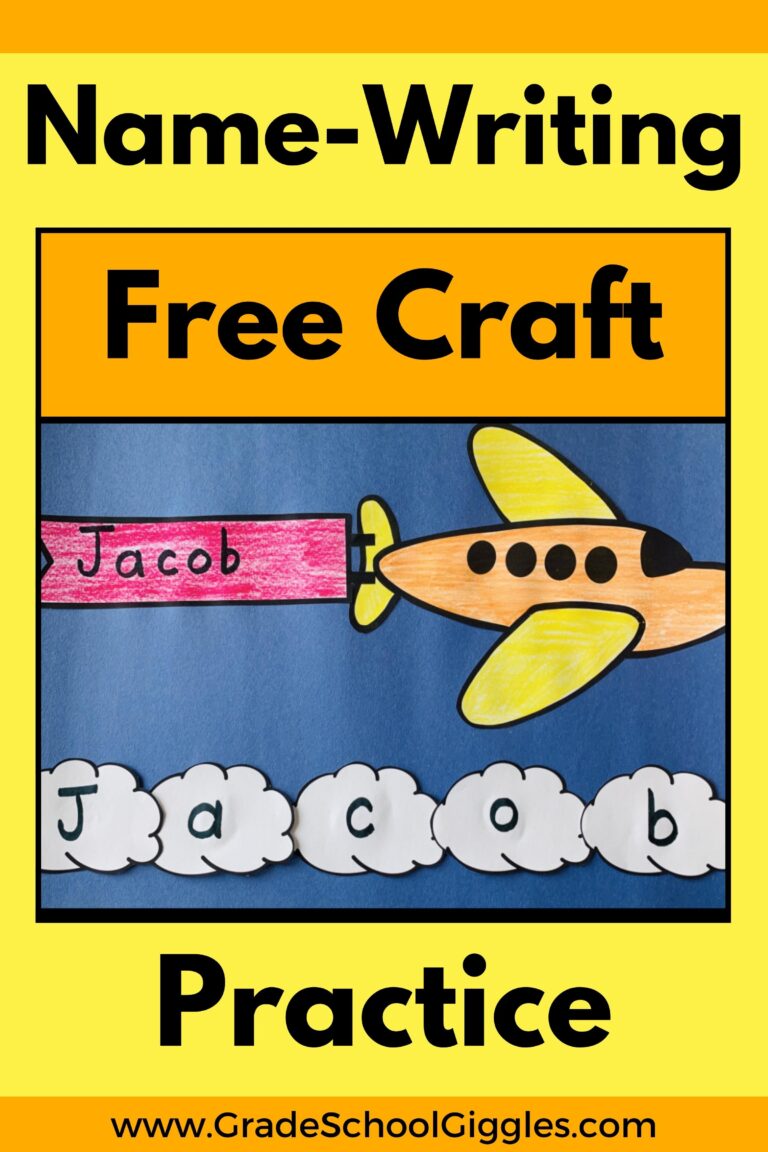
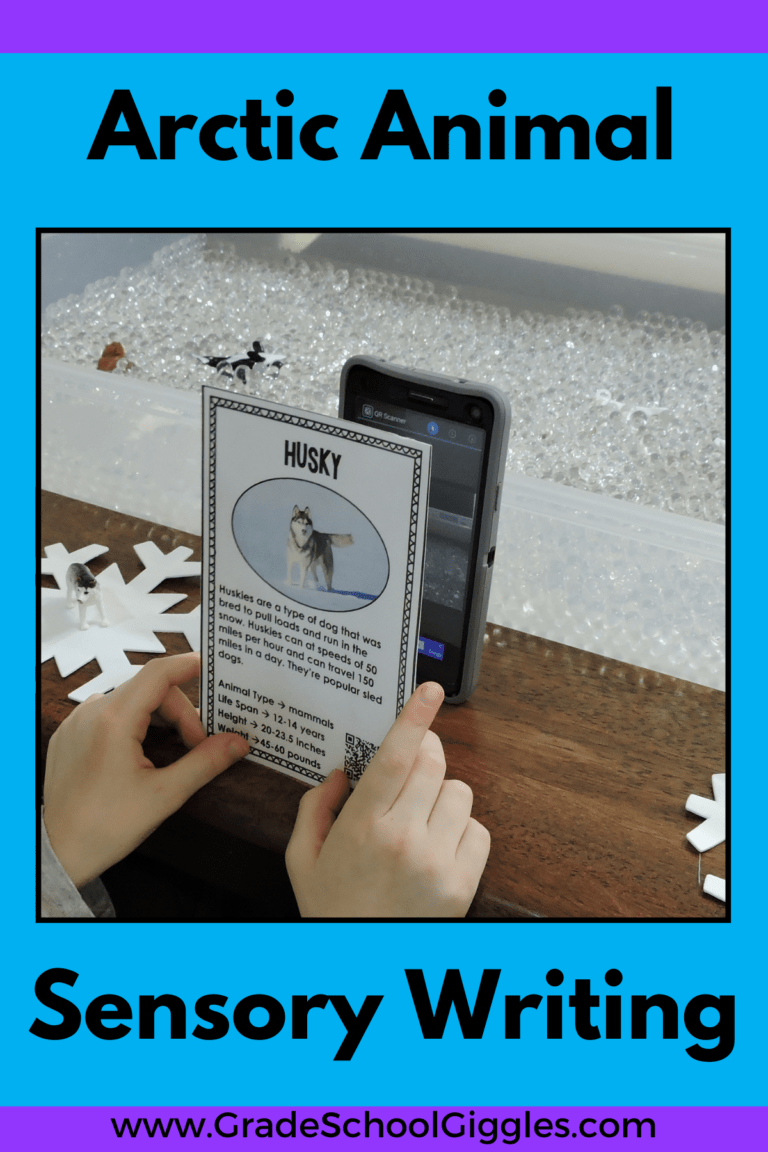
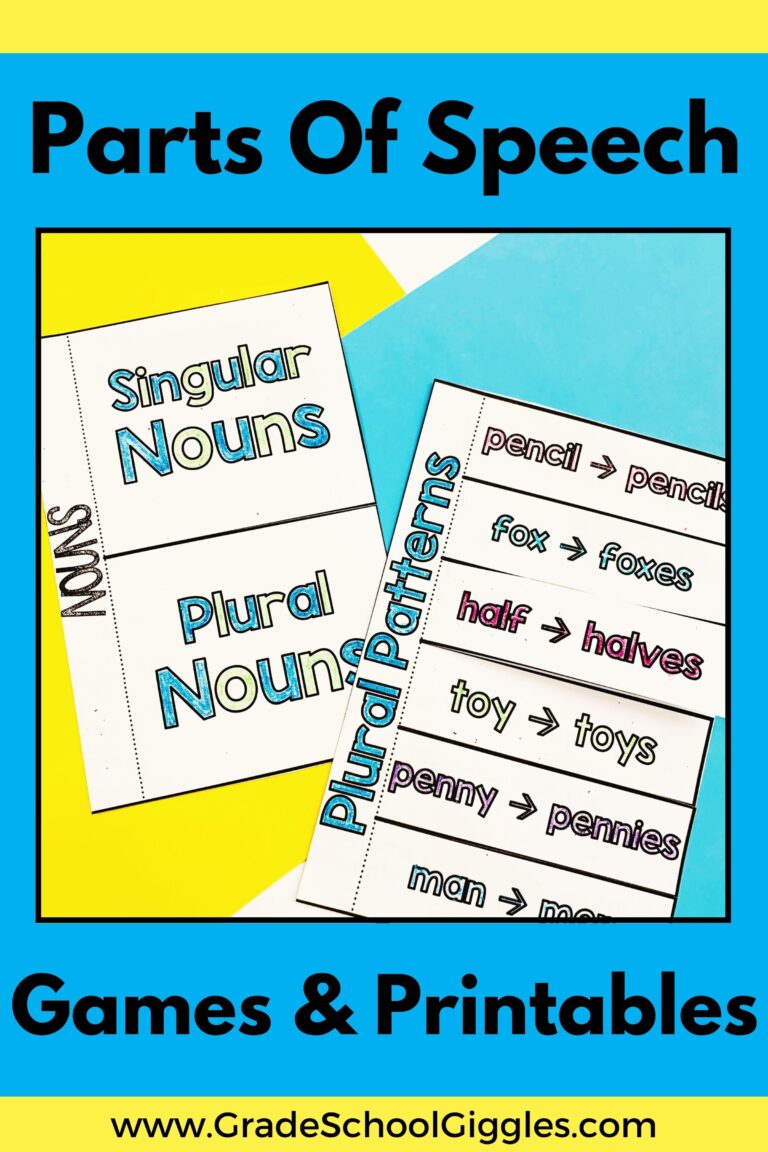
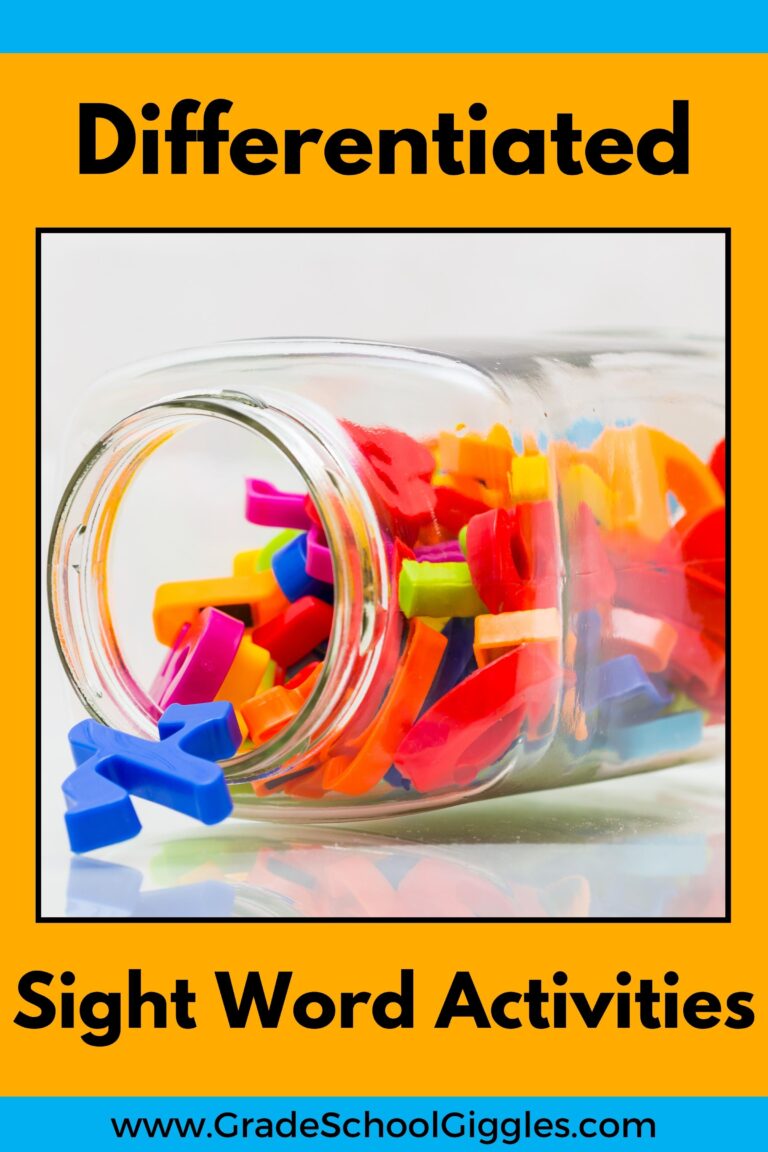
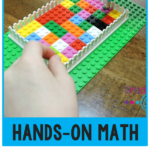
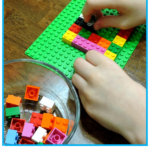
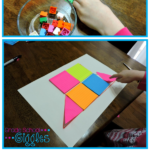
Thank you so much for linking up!
Those Legos!!!! LOVE! I bet your class had a blast!!!!
Mrs. Wills Kindergarten
Hi Deedee,
Thank you for hosting the link up. I love all the ideas.